The Empire style influenced the design of tiaras for a long time but by the 1830s, prompted by Romanticism, naturalistic elements started to infiltrate into classical formality (see image 1). Gradually, realistically rendered garlands of leaves, berries and flowers, roses, lily of the valley and daisies took over (see image 2) and by the mid-century the most popular form of head ornament was a tiara composed of three floral sprays framing the face rather than encircling the head (see image 3). Diamonds were still the favoured choice of gems for these naturalistic creations, occasionally highlighted with pearls and coloured gemstones. The flower heads were often mounted en tremblant so that they could quiver at the slightest movement of the wearer, catching and reflecting light, and decorated en pampille with cascades of gemstones to simulate rain or dew drops. In the 1850s, in line with this interest in all that was natural, tiaras entirely made of branch coral became very fashionable.
The enduring appeal of the tiara | Part III - The influences of Romaticism, naturalism and Imperial Russia
In this third part of our survey we focus on the decades of the 19th century - the era was witness to the creation of many fine, distinguished examples of the jewel.

Image 1: A magnificent diamond tiara, c. 1830. Note the proto-naturalistic foliate scrolls. The jewel appears in the Tiara section of the 1820-1840 chapter of the online Understanding Jewellery.
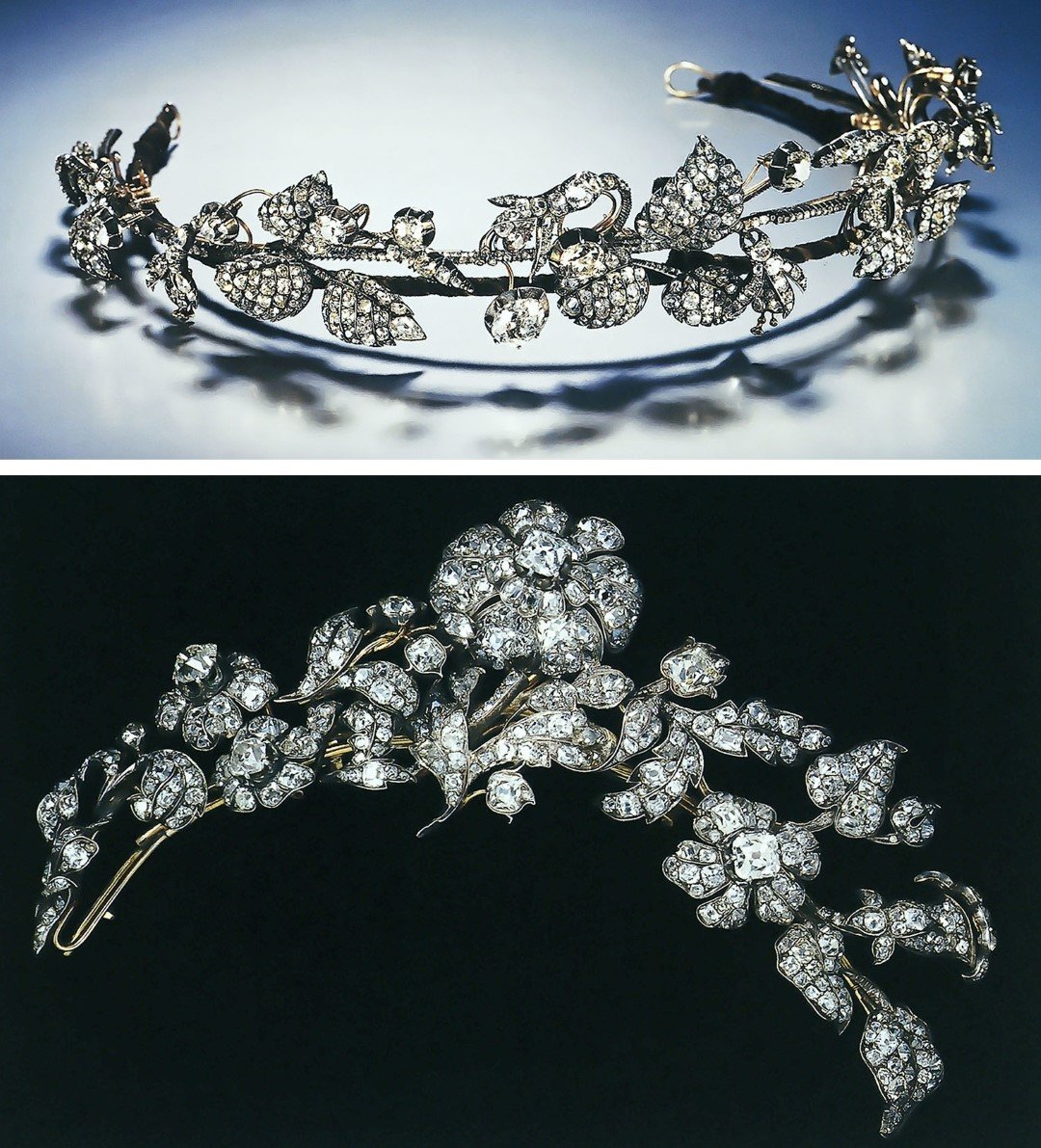
Image 2: A mid 19th century diamond tiara designed as a wreath of leaves and berries. The jewel appears in the Tiara section of the 1840-1860 chapter of the online Understanding Jewellery.
Image 3: A diamond hair ornament designed to frame the face, composed of three detachable brooches. The design is typical of the mid-19th century. The jewel appears in the Tiara section of the 1840-1860 chapter of the online Understanding Jewellery.
The splendid tiara commissioned by Napoleon III to Gabriel Lemonnier on the occasion of his marriage to Eugénie de Guzmán in 1853, was designed as a garland of delicately rendered diamond leaves and entwined with formal scrolls of pearls and diamonds is the perfect example of a jewel where the naturalism fashionable at the time is combined with the formality required by a royal head ornament, (see image 4).
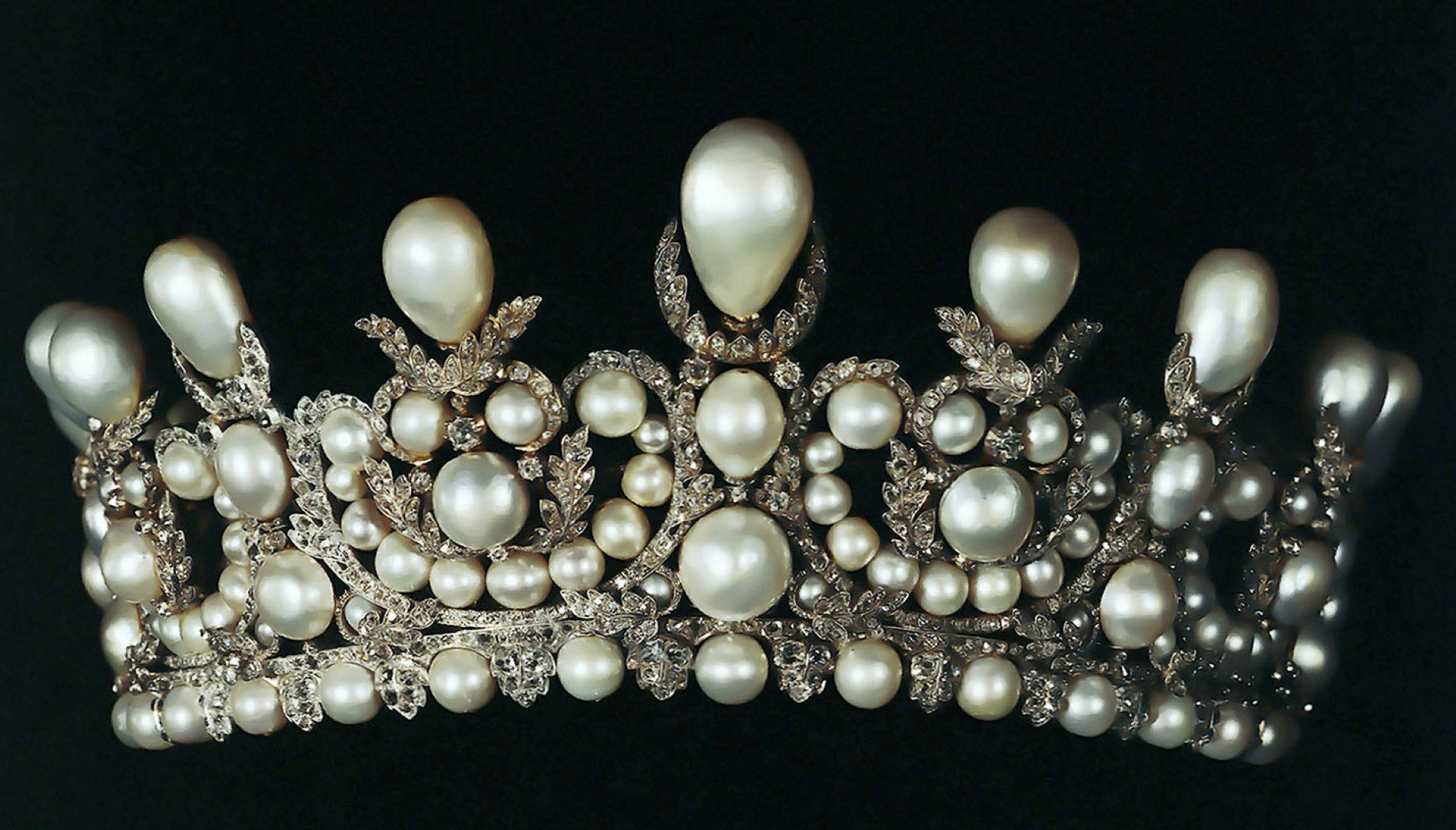
Image 4: The Empress Eugénie tiara. Made by Gabriel le Monnier, Paris, in 1853, employing pearls from a parure formerly created for Empress Marie Louise, the wife of Napoleon I. The jewel appears in the Tiara section of the 1840-1860 chapter of the online Understanding Jewellery.
Empress Eugénie was frequently portrayed wearing this stunning tiara made employing pearls from a parure formerly created for Empress Marie Louise, wife of Napoleon III (see image 5).

Image 5: Portrait of Empress Eugénie in court dress wearing the pearl and diamond tiara created by le Monnier | Etienne Billet (1821-1888), After Franz Xaver Winterahalter (1805-1873), oil on canvas | Musée de la Marine, Marseille, France
Naturalism continued to be the main theme of a vast number of tiaras until the end of the century. The botanical obsession of French jewellers prompted the creation, throughout Europe, of perfectly executed and realistically rendered garlands of traditional and unusual leaves and flowers such as ferns and clovers, laurel and ivy, pansies and roses, fuchsias and lotus (see images 6 and 7).
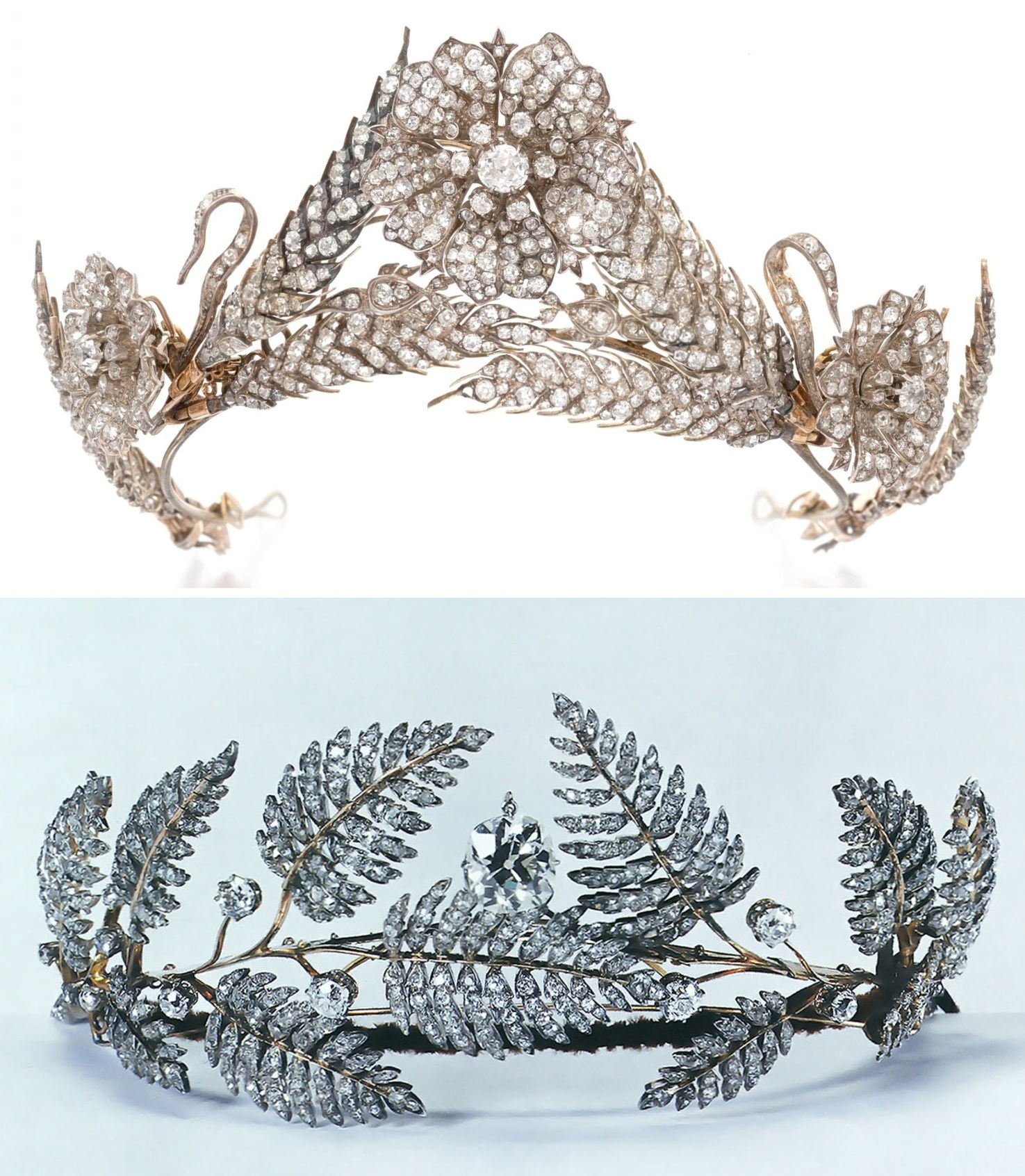
Image 6: A diamond tiara designed as a wreath of ears of wheat and wild roses, 1870s. The ears of wheat and floral motifs are detachable from the tiara frame and can be worn as brooches and pendants. The jewel appears in the Tiara section of the 1860-1880 chapter of the online Understanding Jewellery.
Image 7: A diamond tiara designed as a wreath of fern leaves, probably created by the Parisian jeweller, Bapst et Files around 1875. A perfect example of botanical naturalism at its best. The jewel appears in the Tiara section of the 1880-1900 chapter of the online Understanding Jewellery.
Also fashionable, in the closing decades of the century, were more formal tiaras designed as elaborate diamond scroll-works or festoons, often rising from diamond clusters and surmounted by pear-shaped diamonds, drop-shaped pearls or, less frequently, coloured gemstones (see image 8).
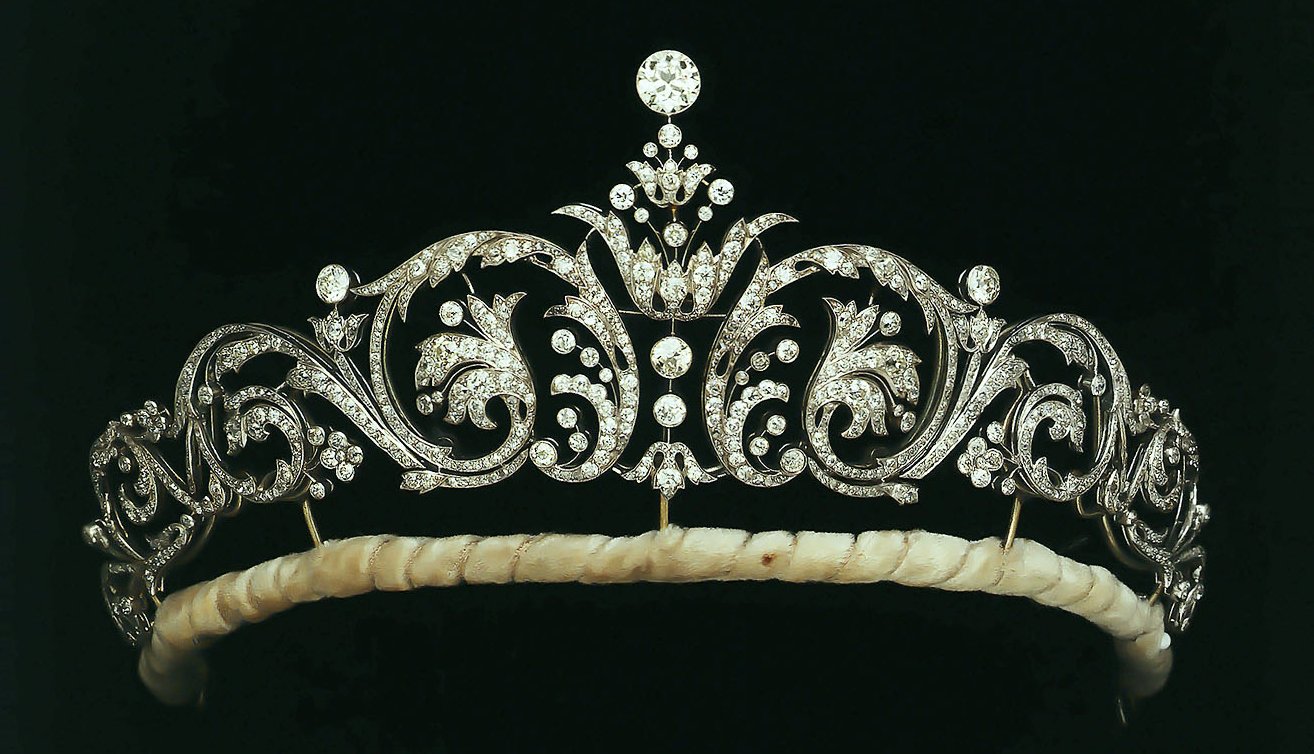
Image 8: A diamond tiara of elaborate scroll design, c. 1890. The jewel appears in the Tiara section of the 1880-1900 chapter of the online Understanding Jewellery.
In the 1890s Imperial Russian themes became the rage all over Europe. The designs loosely based on the traditional Russian headdress, the kokoshnik, consisted of a graduated row of upright and radiating leaf motifs (see image 9).

Image 9: Princess Alexandra pictured wearing her diamond ‘kokoshnik’ tiara, made by Garrard, a present from the 365 peeresses of the United Kingdom on the occasion of the 25th wedding anniversary of her marriage to the Prince of Wales, later King Edward VII.
They shared their popularity with circlets surmounted by sets of five or seven star-shaped motifs, sunbursts or florets that first made their appearance in the 1860s (see image 10).
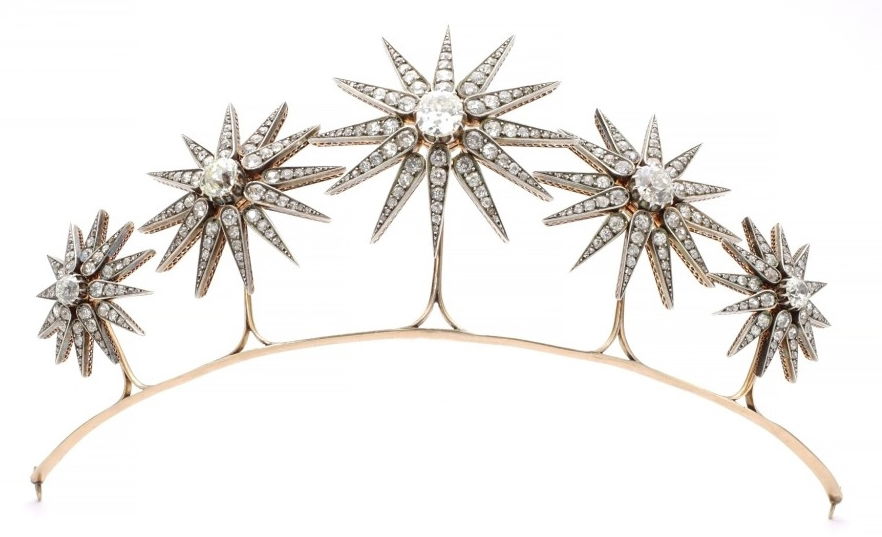
Image 10: A diamond tiara, circa 1880, designed as a graduated row of five star jewels that can be detached from the frame and worn as either brooches or hairpins. The jewel appears in the Tiara section of the 1860-1880 chapter of the online Understanding Jewellery.
Although not mainstream, a mention needs to be made of tiaras produced in the second half of the century in historical revival styles. Created for a cultured élite, they ranged in inspiration from Greek Hellenism to Renaissance and relied on the effect of the intricate working and enamelling techniques of fine goldsmiths, rather than the sparkle of diamonds. Amongst the most spectaculars examples are the bandeau, the coronet and the diadem that form part of the parure commissioned by the 6th Duke of Devonshire made and designed by C.F. Hancock, incorporating carved gems from the extensive collection of the 2nd Duke of Devonshire in a framework of diamonds and enamel of Renaissance inspiration (see image 11).

Image 11: This gold, enamel, diamond and carved gem diadem is part of the Devonshire parure, created by Hancocks with carved gems from the 2nd Duke of Devonshire’s collection. The parure was commissioned by the 6th Duke of Devonshire in 1856 for Maria, Countess Granville, the wife of his nephew, to wear in Moscow for celebrations marking the coronation of Tsar Alexander II. In addition to the diadem, the parure featured a bracelet, bandeau, comb, coronet, stomacher and a necklace | Devonshire Collection, Chatsworth House
The firm of Castellani in Rome both pioneered and dominated the production of archaeological jewellery and its success encouraged many jewellers to work in a similar historicising vein. The Castellanis produced a series of stunning diadems, either inspired by antiquity or faithful copies of antique originals, (see images 12 and 13).
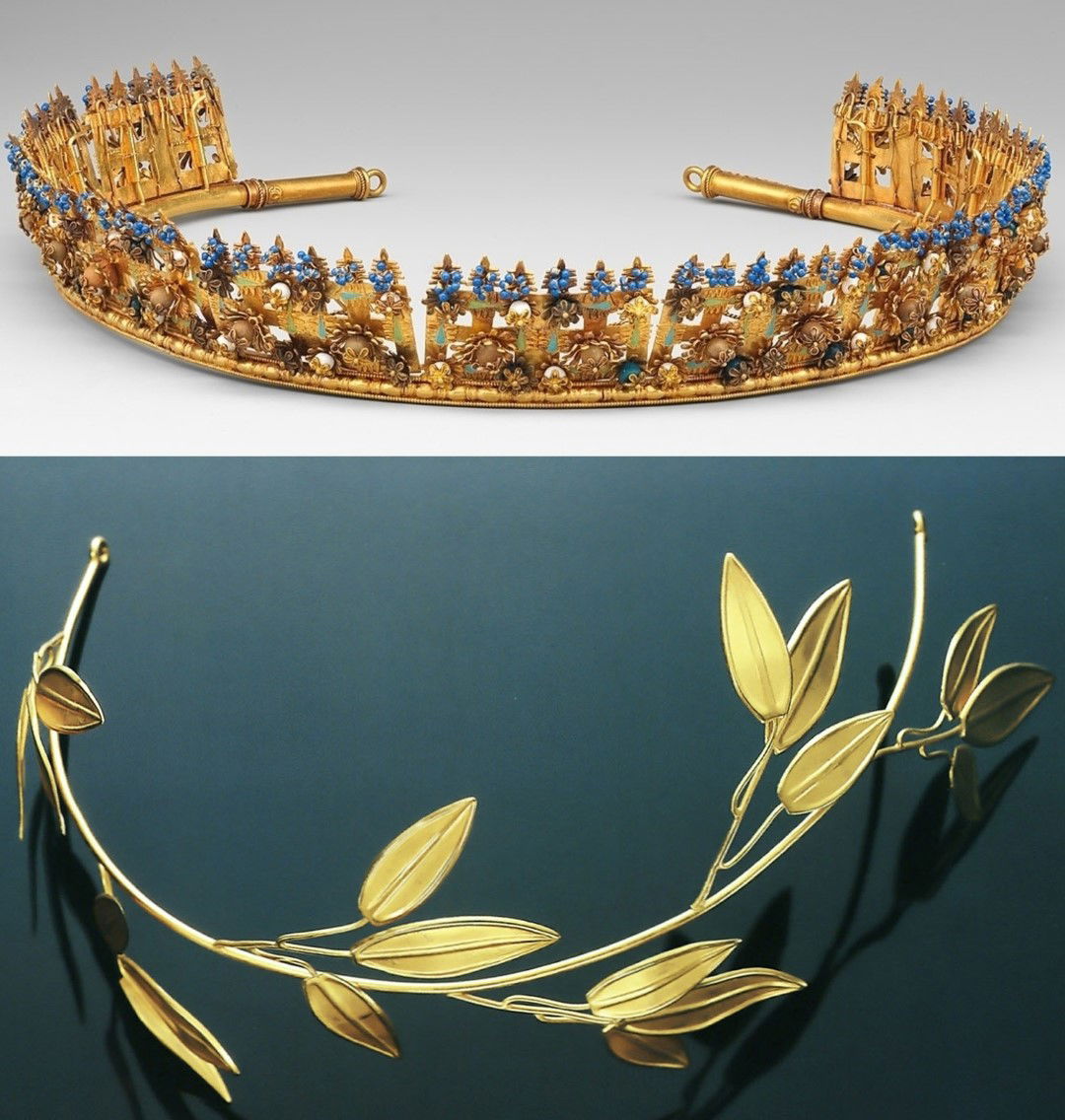
Image 12: This diadem is a copy made around 1870 by the firm of Castellani of an Etruscan original from the 3rd century BC from Cumae, now in the Campana Collection, Louvre Museum, Paris. The elaborate gold work is enhanced with blue enamel, pearls and agate and glass beads | Metropolitan Museum, New York
Image 13: A gold diadem by Castellani, circa 1870, its design clearly inspired by ancient Greek and Roman wreaths of gold laurel leaves. The jewel appears in the Tiara section of the 1860-1880 chapter of the online Understanding Jewellery.
The last two decades of the 19th century saw the rise through society of a new, highly wealthy class with enormous spending power, along with the increased availability of diamonds, recently discovered in South Africa – this combination was conducive to the creation of numerous fabulous tiaras proudly worn by their owners not only at court on formal occasions and at wedding, but, now at the opera, grand dinners and even in restaurants. Throughout the Belle Époque, tiaras were de rigueur with evening gowns. The wives of American millionaires competed and often outshone European aristocrats with their splendid head ornaments commissioned in Paris to Cartier, Chaumet and Boucheron, and American millionaires, keen for they daughters to marry into European aristocracy, made sure that their trousseaux included abundant jewels and at least one stunning tara (see images 14 and 15).
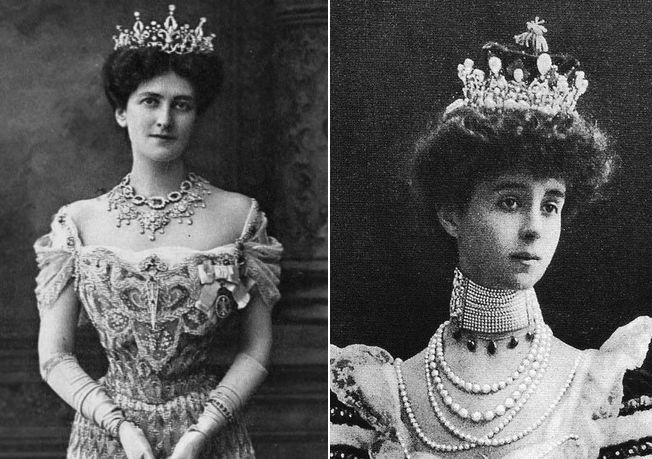
Image 14: Mary, Lady Curzon, Vicereine of India, wearing her diamond tiara created in 1898 by Boucheron. Born Mary Victoria Leither, the daughter of Levi Z. Leiter, a merchant and early partner in the department store, Marshall Field & Co. In 1895 Mary married George Nathaniel Curzon, and in 1898, when her husband was appointed Viceroy of India and created Baron Curzon of Kedleston, she became Baroness Curzon and Vicereine of India.
Image 15: Consuelo, Duchess of Marlborough wearing her diamond tiara created by Boucheron on the occasion of her marriage in 1895. The tiara, which was set with more than a thousand diamonds, was a present from her fabulously rich father William Kissam Vanderbilt.

